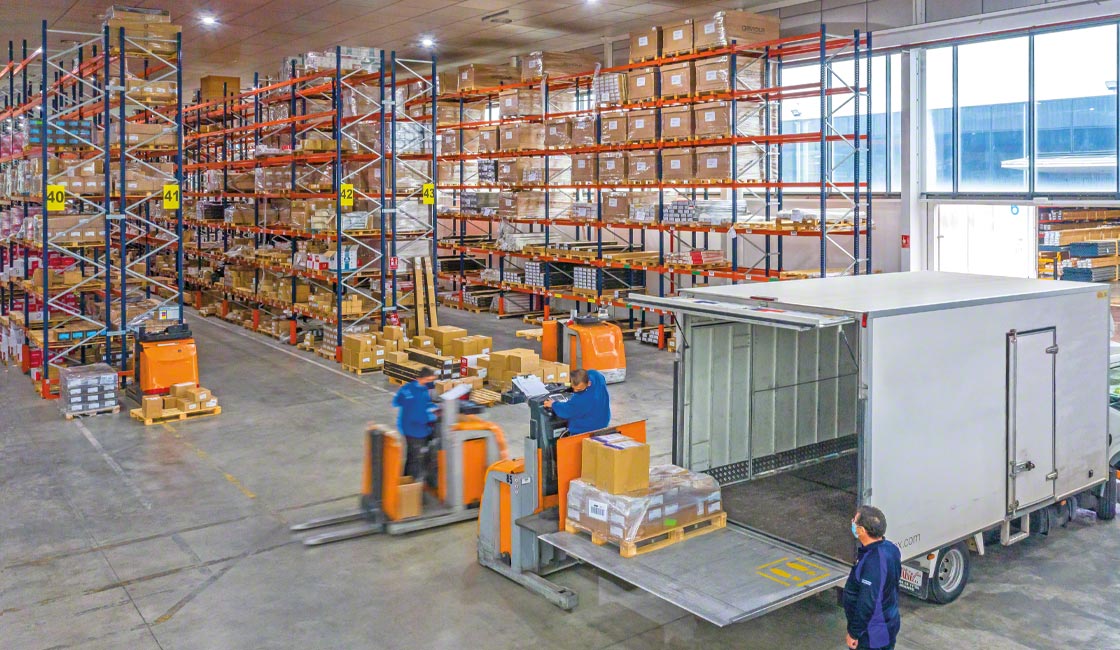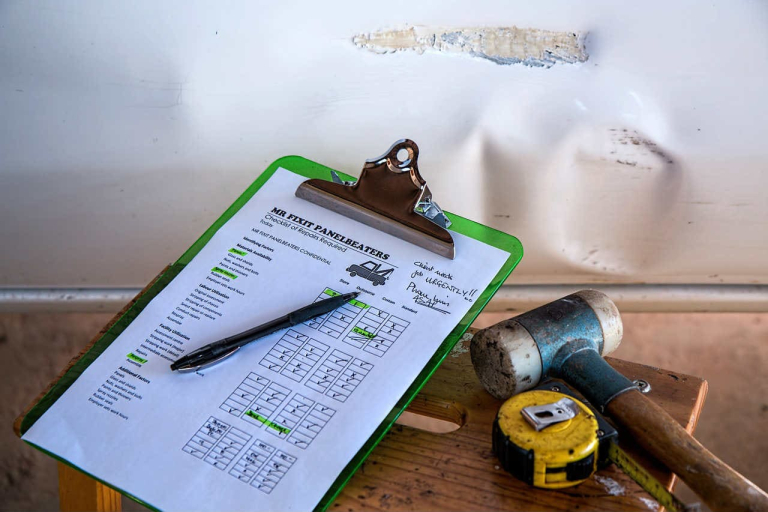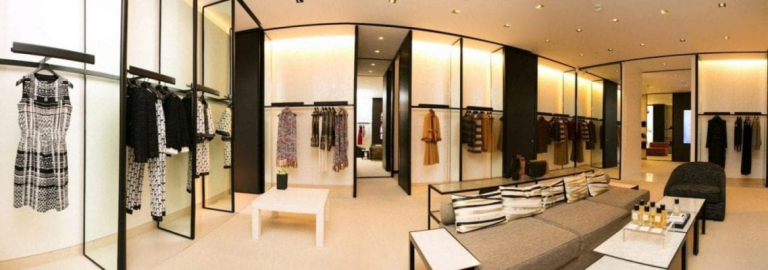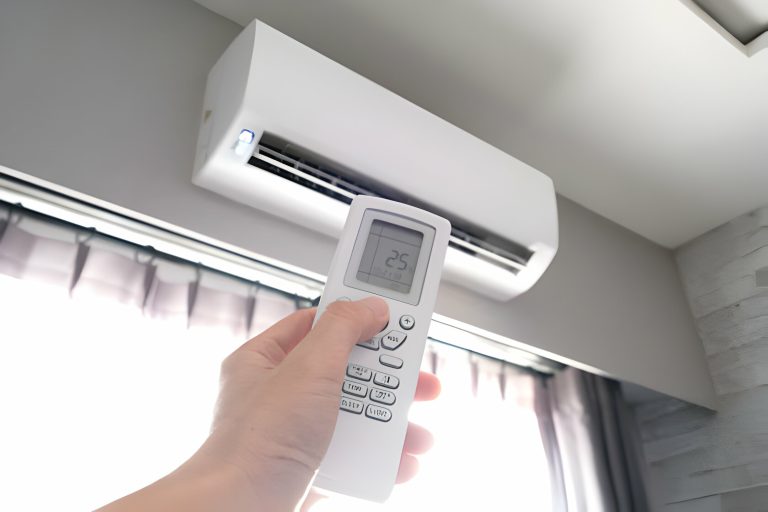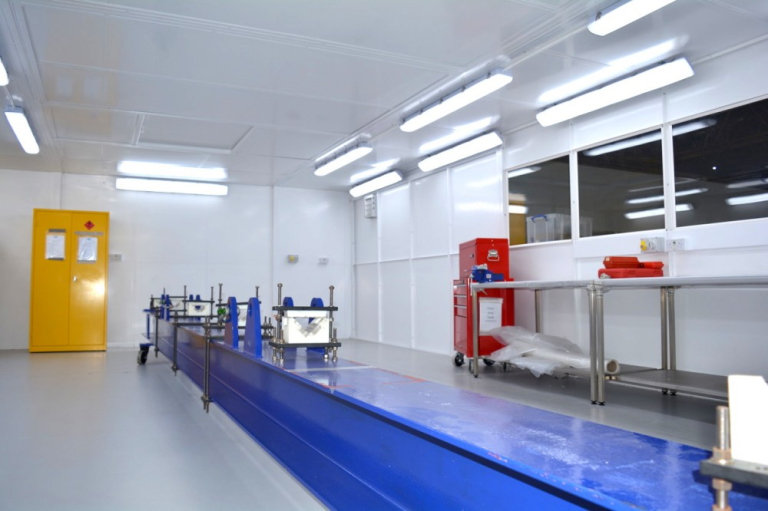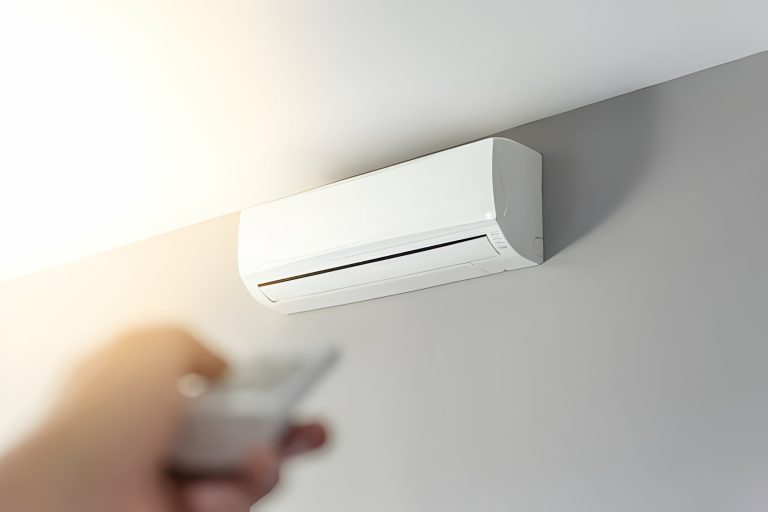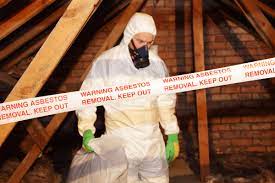How to Incorporate Sustainable Practices into Your Warehouse or Factory Fit-Out
Sustainability is an essential consideration in modern construction businesses. This guide focuses on how to incorporate sustainable practices into warehouse or factory fit-outs, resulting in efficiencies and reducing environmental impact.
Defining Sustainability in Fit-outs
A sustainable fit-out aims to optimize the efficiency of a facility while reducing its environmental impact. Sustainability means that the design, construction, and operation of the facility have the least negative impact on the environment and the economic and social factors of the community.
Benefits of Sustainable Fit-Outs
A sustainable factory or warehouse fit-out not only results in environmental benefits but also has business benefits, including:
- Energy and water efficiency
- Reduced operating costs
- Positive public image
- Increased employee engagement and productivity
- Meeting regulatory standards
Now, let’s go through the five stages of fit-out projects and see how sustainability can be incorporated.
Stage 1: Planning
Incorporating sustainability into planning is vital to achieving sustainability targets.
Incorporating Sustainability into the Design Brief
Define the environmental, economic, and social sustainability targets, and establish how you’ll achieve them with the new fit-out.
Define Sustainability Targets and KPIs
Establish sustainability key performance indicators (KPIs) to monitor and control sustainability levels throughout the project’s life cycle.
Establishing a Green Procurement Process
Use a sustainable procurement process that ensures sustainable products are sourced and that the environment is protected.
Stage 2: Space Analysis
Space analysis provides a comprehensive overview of the current facility’s capabilities and how they can be improved sustainably.
Evaluating Existing Infrastructure for Sustainability
Assess the current facility’s infrastructure, identifying areas that require improvement or optimization for sustainability.
Identifying Material Flows to Optimize Efficiency
Determine how materials flow through the facility, identifying areas that can be improved to optimize efficiency and reduce waste.
Assessing Energy Efficiency
Evaluate the current energy consumption of the facility, and identify areas where energy efficiency can be improved.
Stage 3: Design and Layout
Efficient use of space and minimizing waste should be the main goals of your design and layout.
Efficient Use of Space
Efficient space use can increase energy efficiency, optimize the layout of equipment, and reduce waste. Aim for a functional layout and minimize unnecessary space usage.
Maximizing Energy Efficiency
Use energy-efficient materials, equipment, and lighting to ensure that the facility is as sustainable as possible.
Designing Sustainable Lighting
Use daylighting strategies, LED lighting, and smart controls to maximize energy efficiency and minimize waste.
Water Efficiency
Install water-efficient fixtures such as low-flow toilets and sensor-activated faucets to minimize water usage and costs.
Stage 4: Installation and Commissioning
Sustainability should be top of mind during installation and commissioning of equipment and materials.
Sustainable Materials
Use environmentally friendly materials and construction practices, which will reduce the negative impact on the environment.
Environmental Protection
Implement measures to prevent pollution, reduce waste, and control noise, air, and water quality.
Installing Energy-Saving Devices
Install energy-saving devices such as solar panels and energy-efficient HVAC equipment to reduce energy usage and keep costs low.
Commissioning Sustainable Equipment
Check that the equipment is working properly, conform to sustainability goals, and operate efficiently.
Stage 5: Ongoing Monitoring and Maintenance
Maintaining sustainability is a long-term goal, and it’s essential to maintain the facility according to these guidelines to optimize its sustainability.
Regular Inspection and Maintenance
Conduct rigorous inspections and maintenance to ensure equipment is working efficiently and sustainably.
Implementing Continuous Improvement and Optimization
Make continuous improvement a priority by identifying areas of the facility that can be improved.
Involving and Training Staff
Involve and train staff on sustainability practices to ensure that everyone is adhering to environmentally responsible standards.
To read more about this topic, check out previous blog post at What to Consider When Planning a Warehouse or Factory Fit-Out
For more general information on building then please visit: https://www.building.vic.gov.au/
By incorporating sustainable practices in your warehouse or factory fit-out, you can reduce your environmental impact, save money, and create a positive image for your business. Remember, sustainability should be a key consideration for the entire lifespan of the facility, from planning to ongoing maintenance. Keeping sustainability goals aligned throughout the entire process will ensure a successful and sustainable fit-out.

